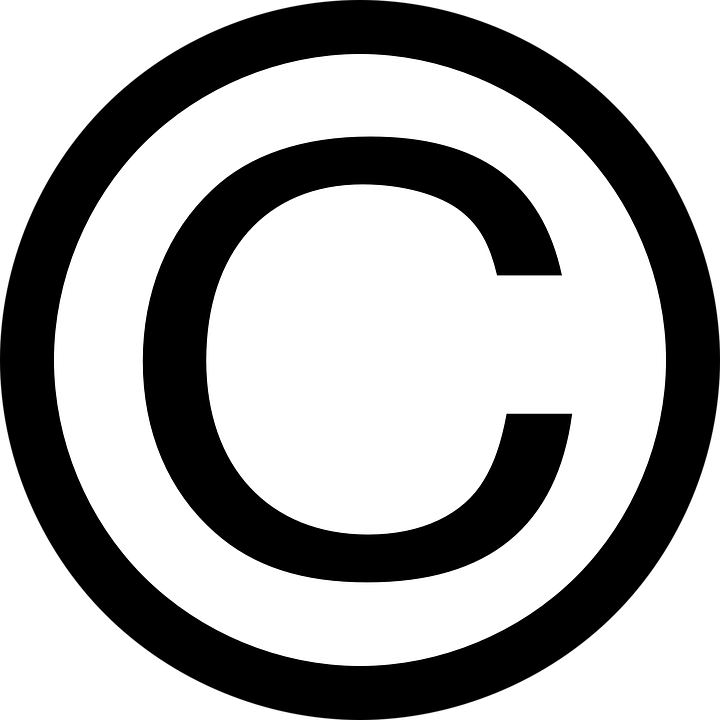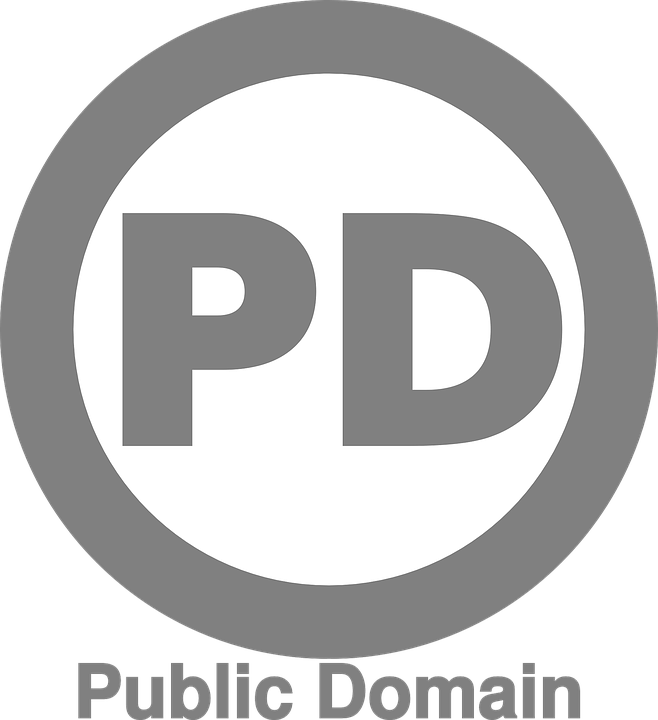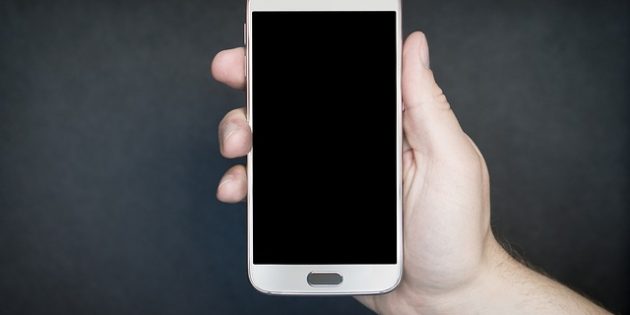Everything You Need To Know About Music Copyright Laws And YouTube

*This article may contain links to affiliate products & services. We have reviewed these services to try and ensure the highest quality recommendations*
Written by Jaron Lewis
Navigating the murky waters of music copyright laws on the internet often proves confusing, especially for the average person not involved in the music industry.
If you’re a YouTuber who wants to know about copyright laws for music in videos, you have come to the right place. We’ll cover categories of music, fair usage, covering songs, copyright length, and the consequences of violating copyright laws on YouTube.
Categories Of Music
Public Domain
Songs in the public domain are the only music you do not need to obtain special permission to use. However, copyright laws governing music composed before 1972 are at state discretion, so be absolutely certain a piece of music is in the public domain before using it as such in your YouTube video.
Royalty Free Music
While this music is free to use, you still need to license it. Permission is usually very easy to get for using these songs, so there’s no point in trying to get around it. Take music copyright laws and YouTube seriously.
Royalty Music
This is music that you must license from the copyright holder for and pay a fee to use, but it isn’t as involved as it sounds. There are many agencies that collect and disburse music royalties, making the process easier on everyone.
Beatstars.com is one that we recommend.
Cover Songs
In most cases, making a cover song is simple. There is a government set rate for use of the song, but unfortunately this doesn’t cover transferring that music to video. You must obtain permission from the copyright holder to make a video of your cover legally.

There are two main questions asked when determining if the use of a piece of music falls under fair use protection. The first is whether you are inhibiting the copyright holder’s ability to make money. For example, if you include an interrupted track that can easily be ripped from your video, you are hindering the artist’s ability to earn money from the song.
The second question is whether you are making money from the use of the music. Copyright laws for music in videos don’t allow you to earn money from using something you don’t own. If you have monetized your YouTube account, be careful about the music you choose for your videos.
Music Copyright Length
Current music copyright length depends on several factors. Music composed before 1923 is considered public domain, but this a large gray area for reasons mentioned above. The length of a musical copyright created after 1978 spans the life of the author plus 70 to 120 years.
The copyright length of music written from 1923 to 1978 is 95 years from the original publish date, and all copyrighted music was protected until 2002.
Violating Copyright Laws On YouTube
At best, you will get lucky and nothing will happen. This isn’t very likely, though. YouTube uses tools like Content ID to check its content for copyright violations. If caught, you could face being kicked off YouTube, or worse, find yourself in a lawsuit. Do yourself a favor and don’t take the risk.
Whenever someone places a content ID claim on your video and you know the music isn’t yours, don’t dispute it!
Always ask permission from people to upload to your channel or send them a message saying that you uploaded some of their work. Also, tag those artists in other social media posts so they’re aware of what’s going on to avoid disputes.
When your song is ready to go, it's time to start promoting it to potential fans! Omari has the best organic promotion services money can buy. With packages for Spotify, TikTok, Instagram, and YouTube, we will get your music the traffic and attention it deserves! Click below for more information.
SPEAK YOUR MIND
How This INDIE Artist Got Over 67,598,275 Streams On ONE Song
Join the No-Nonsense Music Marketing Newsletter to get the most valuable weekly case studies and strategies to grow your music business!



